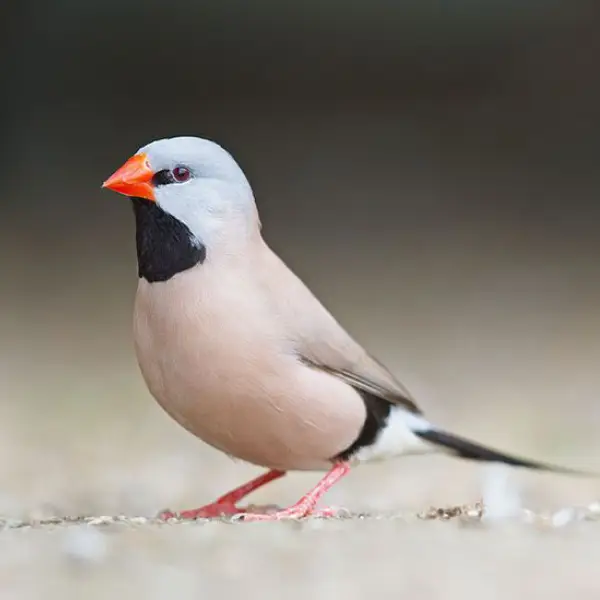-
×
 Lotino Gouldian Finch
1 × ₨ 12,000
Lotino Gouldian Finch
1 × ₨ 12,000 -
×
 Gray Shaft Tail
1 × ₨ 14,000
Gray Shaft Tail
1 × ₨ 14,000
Subtotal: ₨ 26,000
Free shipping order over 20,000
 Lotino Gouldian Finch
1 × ₨ 12,000
Lotino Gouldian Finch
1 × ₨ 12,000  Gray Shaft Tail
1 × ₨ 14,000
Gray Shaft Tail
1 × ₨ 14,000 Subtotal: ₨ 26,000
₨ 1,875 Original price was: ₨ 1,875.₨ 1,500Current price is: ₨ 1,500.
Size:
Typically around 17 to 19 cm (6.7 to 7.5 inches) in length.
Weight:
Approximately 40 to 50 grams (1.4 to 1.8 ounces).
Color:
Legs and Feet:
Pinkish or reddish in color, with small, delicate feet suited for perching and walking.
Important Keys:
Habitat
Distribution:
The Red Dove, specifically the Ruddy Ground Dove, is native to Central and South America. It is commonly found in countries such as Mexico, Brazil, and Argentina.
Environment:
They inhabit open areas, including fields, savannas, and urban parks. They are adaptable and can thrive in various environments, including human-modified landscapes.
Diet
Primary Food:
Their diet mainly consists of seeds, which they forage for on the ground. They may also consume small insects and other invertebrates.
Captivity Diet:
In captivity, they should be provided with a balanced diet of seeds, grains, and fresh vegetables. Clean water should always be available.
Feeding Behavior:
Red Doves are ground foragers, often seen pecking at the ground in search of food. They are active feeders and typically feed in pairs or small groups.
Breeding
Breeding Season:
Breeding can occur year-round, especially in tropical regions.
Nest Location:
They build small, flimsy nests in trees, bushes, or on ledges. The nests are usually made of twigs and grasses.
Egg Quantity:
A typical clutch consists of 2 eggs.
Incubation Period:
The eggs are incubated for about 12 to 14 days.
Fledging:
Chicks fledge approximately 12 to 15 days after hatching.
Lifespan
In the Wild:
Red Doves can live up to 5-7 years in the wild.
In Captivity:
With proper care, they may live slightly longer, up to 10 years.
Behavior
Social Structure:
Red Doves are generally social birds, often seen in pairs or small flocks. They are relatively peaceful and can coexist with other bird species.
Vocalization:
They produce a soft, repetitive cooing sound, which is often heard during the breeding season.
Personality:
Red Doves are gentle, calm birds that adapt well to their surroundings. They are not as demanding as some other bird species, making them easier to care for in captivity.
![]()
Sign Up for Exclusive Birds Care Tips and Offers from Phool Panchi
© 2024 Phool Panchi | Developed By v3Studio
 Lotino Gouldian Finch
1 × ₨ 12,000
Lotino Gouldian Finch
1 × ₨ 12,000  Gray Shaft Tail
1 × ₨ 14,000
Gray Shaft Tail
1 × ₨ 14,000 Subtotal: ₨ 26,000
WhatsApp us
Reviews
There are no reviews yet.